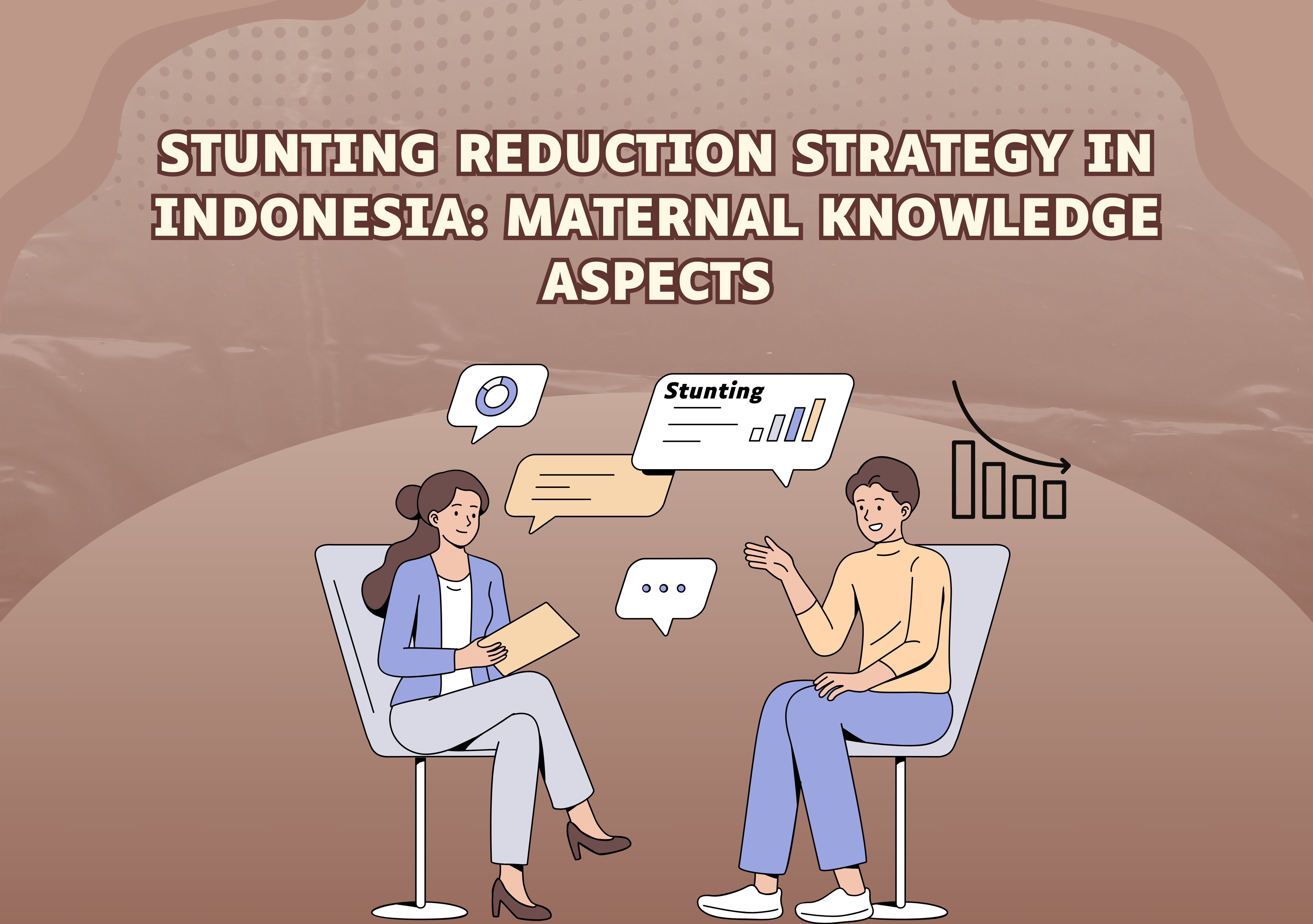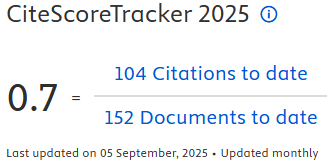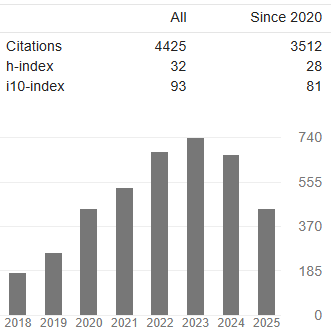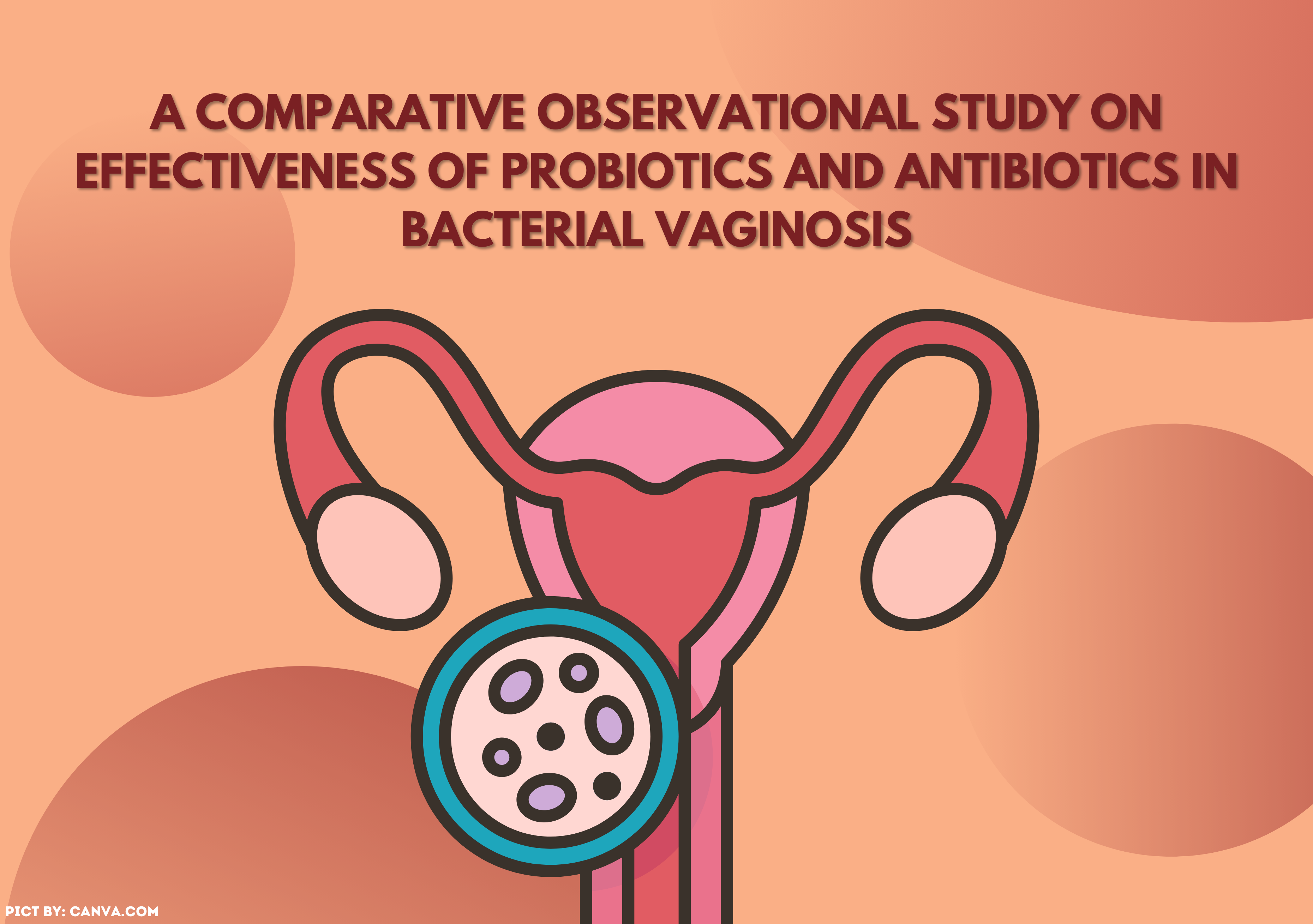STUNTING REDUCTION STRATEGY IN INDONESIA: MATERNAL KNOWLEDGE ASPECTS

Introduction: Based on an Indonesian Ministry of Health report, the incidence of stunting has decreased from 24.4% in 2021 to 21.6% in 2022. Reducing stunting rates in children is a global nutrition target in 2025. One of the causes of nutritional problems in children is inadequate intake of nutrients according to their nutritional needs. Based on the above explanation, maternal nutritional knowledge and the government’s role are essential in reducing stunting in Indonesia. Aim: The research investigation was aimed at investigating the level of maternal nutritional awareness as well as the government's participation in reducing stunting in children under the age of five. Methods: This quantitative study was an analytical observational design using a cross-sectional study approach. The samples were mothers of children under five carried out using non-probability purposive sampling, while respondents for the stunting intervention program provider used the snowball sampling technique. Data collection was conducted in locations with high prevalence of stunting, comprising two distinct groups of participants. Result: The statistical result using chi-square shows a significant correlation between maternal nutritional knowledge and the government’s role in reducing stunting in children under five, with a p-value (0.000) < α (0.05) and p-value (0.008) < α (0.05). Conclusion: There is a relationship between the level of nutritional knowledge of mothers under five and the role of the government in the incidence of stunting. There is a need for further and multidisciplinary management in stunting cases, especially in Indonesia.
Addawiah, R., Hasanah, O. and Deli, Addawiah, R., Hasanah, O. and Deli, H. (2020). Overview of Incidents of Stunting and Wasting in Infants and Toddler in Tenayan Raya Pekanbaru. Journal of Nutrition College, 9(4), pp. 228–234. https://doi.org/10.14710/jnc.v9i4.28482
Amalia, I.D., Lubis, D.P.U. and Khoeriyah, S.M. (2021). The Relationship Of Mother's Knowledge About Nutrition And The Incident Of Stunting In Toddler. Samodra Ilmu Health Journal, 12(2), pp. 146–154. https://doi.org/10.55426/jksi.v12i2.153
Apriliani, C., Sadhana, K. and Fristin, Y. (2023). The Role of Government Policies in Preventing and Reducing Stunting. EAS Journal of Humanities and Cultural Studies, 5(01), pp. 9–17. https://doi.org/10.36349/easjhcs.2023.v05i01.002
Beal, T., Tumilowicz, A., Sutrisna, A., Izwardy, D. and Neufeld, L. M. (2018). A review of child stunting determinants in Indonesia. Maternal & Child Nutrition, 14(4), p. e12617. https://doi.org/10.1111/mcn.12617
Butchon, R. and Liabsuetrakul, T. (2017). The Development and Growth of Children Aged under 5 years in Northeastern Thailand: a Cross-Sectional Study. Journal of Child and Adolescent Behaviour, 5(1). https://doi.org/10.4172/2375-4494.1000334
Central Bureau of Statistics (2019). Health Statistics Profile 2019.
Central Java Governor Regulation (2019). Central Java Governor Regulation Number 34 of 2019 concerning Acceleration of Stunting Prevention in Central Java Province.
Ciptanurani, C. and Chen, H.J. (2021). Household structure and concurrent stunting and overweight among young children in Indonesia’, Public Health Nutrition, 24(9), pp. 2629–2639. https://doi.org/10.1017/S1368980021001385
Darmini, N.W., Fitriana, L.B. and Vidayanti, V. (2022). The Relationship of Mother's Level of Knowledge About Balanced Nutrition and The Incident of Stunting in Toddler Ages 2-5 Year, Coping: Community of Publishing in Nursing, 10(2), p. 160. https://doi.org/10.24843/coping.2022.v10.i02.p06
De Onis, M. and Branca, F. (2016). Childhood stunting: a global perspective. Maternal & Child Nutrition, 12(S1), pp. 12–26. https://doi.org/10.1111/mcn.12231
De Sanctis, V., Soliman, A., Alaaraj, N., Ahmed, S., Alyafei, F., Hamed, N., (2021). Early and Long-term Consequences of Nutritional Stunting: From Childhood to Adulthood: Early and Long-term Consequences of Nutritional Stunting. Acta Bio Medica Atenei Parmensism 92, 11346.
Koshy, B., Srinivasan, M., Gopalakrishnan, S., Mohan, V.R., Scharf, R., Murray-Kolb, L., John, S., Beulah, R., Muliyil, J. and Kang, G., (2022). Are early childhood stunting and catch-up growth associated with school age cognition?—Evidence from an Indian birth cohort. PLoS ONE, 17, e0264010. https://doi.org/10.1371/journal.pone.0264010
Labolo, M. (2021). Government Policy in Handling Stunting and Malnutrition in Children during the COVID-19 Pandemic. AYER , 28 (1),pp,80- 99. http://eprints2.ipdn.ac.id/id/eprint/4 32
Lailatul, M. and Ni’mah, C. (2015). The Relationship between Education Level, Knowledge Level and Mother's Parenting Patterns with Wasting and Stunting in Toddlers in Poor Families. Media Gizi Indonesia, 10(2015), pp. 84–90. https://doi.org/10.20473/mgi.v10i1.84-90
Mediani, H. S., Hendrawati, S., Pahria, T., Mediawati, A. S. and Suryani, M. (2022). Factors Affecting the Knowledge and Motivation of Health Cadres in Stunting Prevention Among Children in Indonesia. Journal of Multidisciplinary Healthcare, 15, pp. 1069–1082. https://doi.org/10.2147/JMDH.S356736
Murti, L.M., Budiani, N.N. and Darmapatni, M.W.G. (2020). The relationship between maternal knowledge about toddler nutrition and the incidence of stunting in children aged 36-59 months in Singakerta Village, Gianyar Regency. Jurnal Ilmiah Kebidanan, 8, pp. 63–69.
Mustakim, M.R.D., Irawan, R., Irmawati, M. and Setyoboedi, B., (2022). Impact of Stunting on Development of Children between 1-3 Years of Age Ethiopian Journalof Health Sciences, 32(3), pp. 569-578
National Team for the Acceleration of Poverty Reduction (2017). 100 Priority Districts/Cities for Stunting Child Intervention. Central Jakarta: National Team for the Acceleration of Poverty Reduction. [Preprint].
Nshimyiryo, A., Hedt-Gauthier, B., Mutaganzwa, C., Kirk, C.M., Beck, K., Ndayisaba, A., Mubiligi, J., Kateera, F. and El-Khatib, Z. (2019). Risk factors for stunting among children under five years: a cross- sectional population-based study in Rwanda using the 2015 Demographic and Health Survey. BMC Public Health, 19, 175. https://doi.org/10.1186/s12889-019-6504-z
Rahmah, M. and Dahlawi, D. (2022). The Role of The Banda Aceh City Government in Integrated Stunting Prevention and Management. Jurnal Ilmiah Mahasiswa, 7(3).
Saputri, R.A. (2019) ‘Regional Government Efforts in Combating Stunting. Jdp (Jurnal Dinamika Pemerintahan), 2(2), pp. 152–168. https://doi.org/10.36341/jdp.v2i2.947
Sari, M.E.P. (2013). The Role of City Government in Overcoming Bad Nutrition in Yogyakarta. DOI : 10.33373/dms.v2i2.142
Savanur, M.S. and Ghugre, P.S. (2016). BMI, body fat and waist-to-height ratio of stunted v. non-stunted Indian children: a case–control study. Public Health Nutrition, 19(8), pp. 1389–1396. https://doi.org/10.1017/S1368980016000215
Scaglioni, S., De Cosmi, V., Ciappolino, V., Parazzini, F., Brambilla, P. and Agostoni, C. (2018). Factors influencing children’s eating behaviours, Nutrients, 10(6), pp. 1–17. https://doi.org/10.3390/nu10060706
Schneider, E.B. (2023). The determinants of child stunting and shifts in the growth pattern of children: A long‐run, global review. Journal of Economic Surveys (Preprint) https://doi.org/10.1111/joes.12591
Thurstans, S., Sessions, N., Dolan, C., Sadler, K., Cichon, B., Isanaka, S., Roberfroid, D., Stobaugh, H., Webb, P. and Khara, T. (2022). The relationship between wasting and stunting in young children: A systematic eview.Maternal & Child Nutrition, 18, e13246. https://doi.org/10.1111/mcn.13246
UNICEF (2017). First 2000 Days: The critical window to ensure that children survive and thrive.
Widiyanto, J. and Laia, F.S. (2021). Mother Knowledge of Nutrition and Effect on Nutritional Status of Children in Community Health Center. Homes Journal, 2(1), pp. 2746–8798. DOI : 10.24252/hmsj.v2i1.18871
Zerfu, T.A. and Biadgilign, S. (2018). Pregnant mothers have limited knowledge and poor dietary diversity practices, but favorable attitude towards nutritional recommendations in rural Ethiopia: evidence from community-based study. BMC Nutrition, 4(1), p. 43. https://doi.org/10.1186/s40795-018-0251-x
Copyright (c) 2024 The Indonesian Journal of Public Health

This work is licensed under a Creative Commons Attribution-NonCommercial-ShareAlike 4.0 International License.
- The authors agree to transfer the transfer copyright of the article to The Indonesian Journal of Public Health effective if and when the paper is accepted for publication.
- Authors and other parties are bound to the Creative Commons Attribution-NonCommercial-ShareAlike 4.0 International License for the published articles, legal formal aspect of journal publication accessibility refers to Creative Commons Attribution-NonCommercial-ShareAlike 4.0 International License (CC BY-NC-SA), implies that:
- Attribution ” You must give appropriate credit, provide a link to the license, and indicate if changes were made. You may do so in any reasonable manner, but not in any way that suggests the licensor endorses you or your use.
- NonCommercial ” You may not use the material for commercial purposes.
- ShareAlike ” If you remix, transform, or build upon the material, you must distribute your contributions under the same license as the original.































